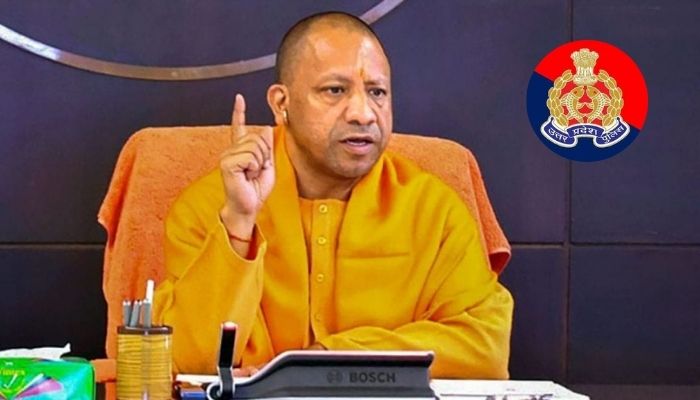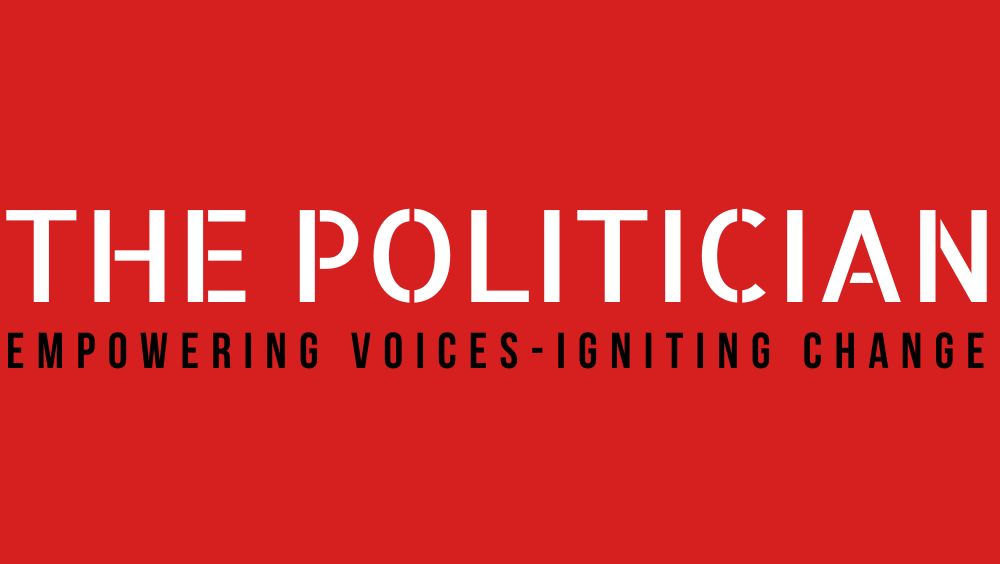UP: Yogi govt bans caste references in police records, public references after Allahabad HC order
Acting on the directives of the Allahabad High Court, the Uttar Pradesh government on Monday (22nd September 2025) ordered a complete ban on caste-based references in police records and at public places to end caste discrimination in the state. Chief Secretary Deepak Kumar issued instructions to all departments, directing that caste will no longer be mentioned in First Information Report (FIR). Reports (FIRs), arrest memos, or other police documents. Instead, the names of parents will be used for identification purposes. The order further directs that caste symbols, slogans, and references displayed on police station noticeboards, vehicles, or signboards must be removed immediately. “…the government may prepare a regulated framework to regulate and amend the Central Motor Vehicle Rules (CMVR) to explicitly ban caste-based slogans and caste identifiers on all private and public vehicles. Issue uniform circulars to RTOS and traffic departments across the state to enforce the removal of caste signage and impose heavy fines, which may act as a deterrent. Strengthen provisions under the Information Technology (Intermediary Guidelines and Digital Media Ethics Code) Rules, 2021, to flag and act against caste-glorifying, hate-inducing content on social media,” the order reads. Uttar Pradesh Government directs amendments to Standard Operating Procedures and Police rules, following the orders of the Allahabad High Court to end caste based discrimination.Field denoting the caste of criminals in Crime and Criminal Tracking Network & Systems to be deleted… pic.twitter.com/9RCDeMyrE0— ANI (@ANI) September 22, 2025 “Support media literacy and anti-casteism campaigns targeting youth on platforms like Instagram, YouTube, and WhatsApp. May set up a Monitoring and Reporting Mechanism for citizens to enable them reporting portals and mobile apps to anonymously report violations in collaboration with (i) Ministry of Road Transport & Highways (MORTH), (ii) Ministry of Electronics and Information Technology (MeitY), (iii) Press Council of India, and (iv) Civil society organizations working on caste equity and digital rights,” the order adds. Additionally, caste-based rallies have been prohibited across the state, with law enforcement tasked to ensure strict monitoring of social media platforms to prevent violations. Vehicles displaying caste names or vehicles with slogans/stickers glorifying caste to be penalised under Motor Vehicles (Amendment) Act 1988. Social media be strictly monitored for messages glorifying or criticising any caste. Strict action should be taken against those who… pic.twitter.com/YochtaOJy5— ANI (@ANI) September 22, 2025 The government, however, has clarified that exemptions will apply in cases filed under the Scheduled Castes (SC) and Scheduled Tribes (Prevention of Atrocities) Act, where identifying caste remains a necessary legal requirement. To implement the High Court’s directive effectively, amendments will be made in Standard Operating Procedures (SOPs) and police manuals.



Acting on the directives of the Allahabad High Court, the Uttar Pradesh government on Monday (22nd September 2025) ordered a complete ban on caste-based references in police records and at public places to end caste discrimination in the state.
Chief Secretary Deepak Kumar issued instructions to all departments, directing that caste will no longer be mentioned in First Information Report (FIR).
Reports (FIRs), arrest memos, or other police documents. Instead, the names of parents will be used for identification purposes. The order further directs that caste symbols, slogans, and references displayed on police station noticeboards, vehicles, or signboards must be removed immediately.
“…the government may prepare a regulated framework to regulate and amend the Central Motor Vehicle Rules (CMVR) to explicitly ban caste-based slogans and caste identifiers on all private and public vehicles. Issue uniform circulars to RTOS and traffic departments across the state to enforce the removal of caste signage and impose heavy fines, which may act as a deterrent. Strengthen provisions under the Information Technology (Intermediary Guidelines and Digital Media Ethics Code) Rules, 2021, to flag and act against caste-glorifying, hate-inducing content on social media,” the order reads.
Uttar Pradesh Government directs amendments to Standard Operating Procedures and Police rules, following the orders of the Allahabad High Court to end caste based discrimination.
— ANI (@ANI) September 22, 2025
Field denoting the caste of criminals in Crime and Criminal Tracking Network & Systems to be deleted… pic.twitter.com/9RCDeMyrE0
“Support media literacy and anti-casteism campaigns targeting youth on platforms like Instagram, YouTube, and WhatsApp. May set up a Monitoring and Reporting Mechanism for citizens to enable them reporting portals and mobile apps to anonymously report violations in collaboration with (i) Ministry of Road Transport & Highways (MORTH), (ii) Ministry of Electronics and Information Technology (MeitY), (iii) Press Council of India, and (iv) Civil society organizations working on caste equity and digital rights,” the order adds.
Additionally, caste-based rallies have been prohibited across the state, with law enforcement tasked to ensure strict monitoring of social media platforms to prevent violations.
Vehicles displaying caste names or vehicles with slogans/stickers glorifying caste to be penalised under Motor Vehicles (Amendment) Act 1988.
— ANI (@ANI) September 22, 2025
Social media be strictly monitored for messages glorifying or criticising any caste. Strict action should be taken against those who… pic.twitter.com/YochtaOJy5
The government, however, has clarified that exemptions will apply in cases filed under the Scheduled Castes (SC) and Scheduled Tribes (Prevention of Atrocities) Act, where identifying caste remains a necessary legal requirement. To implement the High Court’s directive effectively, amendments will be made in Standard Operating Procedures (SOPs) and police manuals.






















































































































